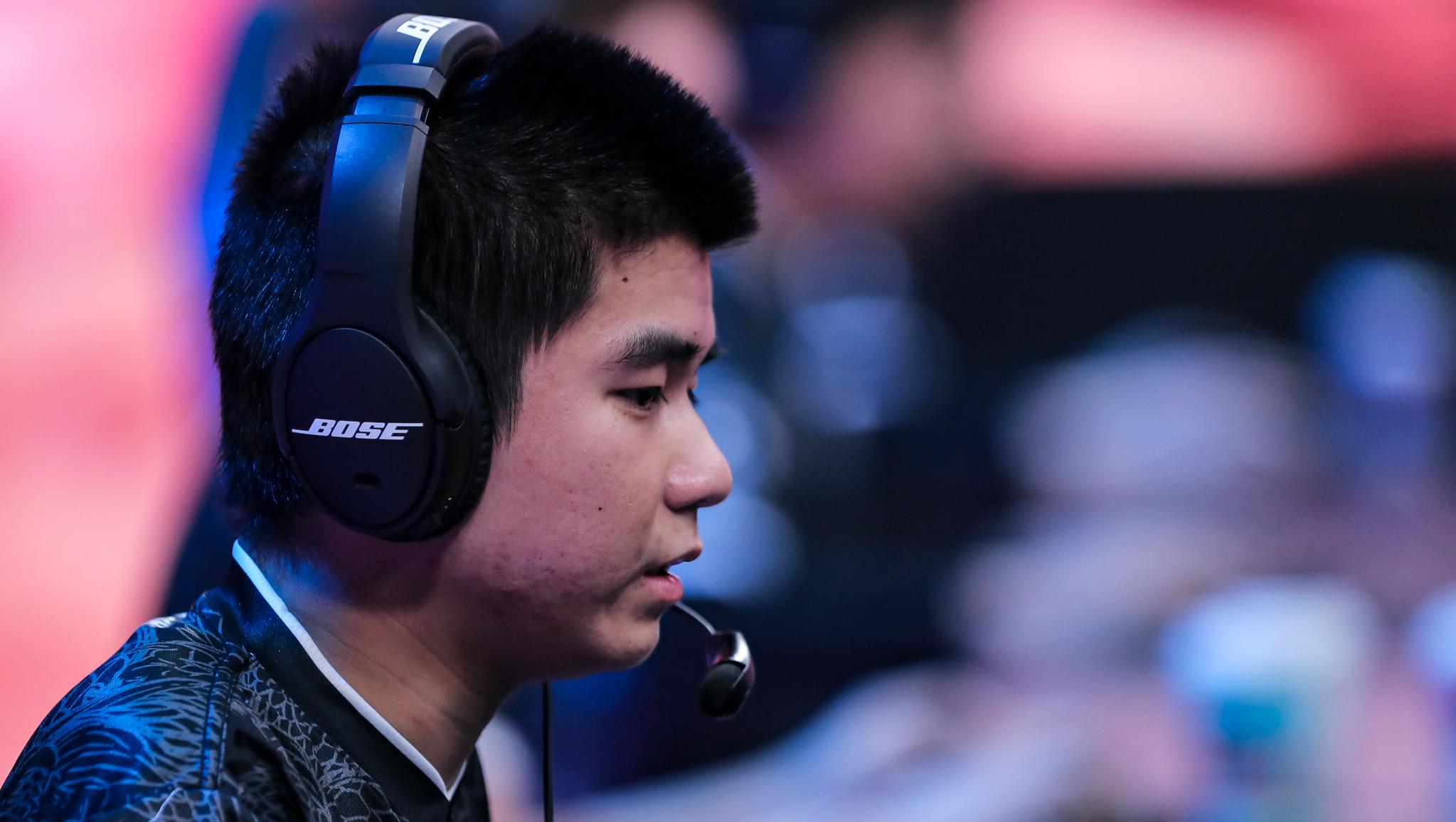
Lack of NA amateur development blamed for poor Worlds performance
As LCS teams again perform poorly at the 2020 World Championships, fans and analysts look to find factors to blame or to rationalize the results. Complaints from years past include high ping on the North American server, a general streaming culture, and the smaller player base of the region.
One other reason that has also been used previously, and is being echoed again this year, is the lack of a proper ametuer community and developmental system in the LCS Academy league.
Lack of ameteur and academy development a problem for LCS
North America does not have regional, or really any, amateur leagues outside of the LCS, LCS Academy, and a few collegiate events and tournaments. This is in sharp contrast to other regions including China, Korea, and Europe, each of which have robust amateur leagues with upcoming talent that each region’s top professional league can pull from.
Continuing to ramp up investment in amateur & looking to smaller regions to import promising young players instead of veterans from major regions would likely help the region a lot.
Giving talented young minor region players resources / support to grow should pay dividends!
— Isaac CB (@RiotAzael) October 6, 2020
Other regions have fewer veterans than the LCS, with the average LEC player competing for three years compared to the LCS’s five. This points toward a reliance on veteran imports, and waiting for players from elsewhere to gain resident status, and on middling North American talent that can still compete but doesn’t bring the potential upside that a rookie or a less tenured player could have.
This problem also seeps into the LCS Academy, with veteran players such as Darshan “Darshan” Upadhyaya still competing in the league despite being a known quantity with little upside on a development team. Then there are teams like Dignitas who forgo any rookie development at all and use their Academy team to hold spots for veterans that can be called up to the main team each week.
LCS salaries and league Performance called into question
North American teams have also been criticised this year for starting player’s salaries versus their performance on the world stage.
NA spends the 2nd most out of any region on players and is having the worst result at worlds.
The hyperinflation of the scene makes investors not want to invest into meaningful development infrastructure.
Fundamental change needs to happen if we want meaningful improvement.
— EUNITED dan (@clerkie) October 5, 2020
The average LCS player salary is around $400,000, which can be daunting to organizations that want to take a chance on a 17-year-old rookie. This causes stagnation and complacency in the community as teams are less likely to take chances on North American talent, as well as new talent from Oceania and other smaller regions that they could pull from.
What are the solutions for North America and the LCS?
Like many of the other criticisms of the North American region and the LCS, there are no simple solutions that are easy to implement to help better the region’s chances at Worlds. Players are not suddenly going to be paid less and organizations are probably not going to heed the call for younger talent and start actually signing the players that appear at the LCS Scouting Grounds.
One thing that can be done is a greater investment into the amateur community. Teams including 100 Thieves and Cloud9 have developmental teams that compete in amateur tournaments, and the organizations go out of their way to scout young talent. If LCS teams truly want to compete on the World’s stage, they might have to turn to these teams and follow their models towards finding young talent to compete at a world-class level.
Recommended

Here’s how to play Marvel Rivals closed beta playtest
How to jump into the Marvel Universe.

What games would be at the Esports Olympics in 2025?
Would CS2 be in the Olympics gamelineup?

What did MrBeast crewmember Ava Kris Tyson do?
There are several accusations.







